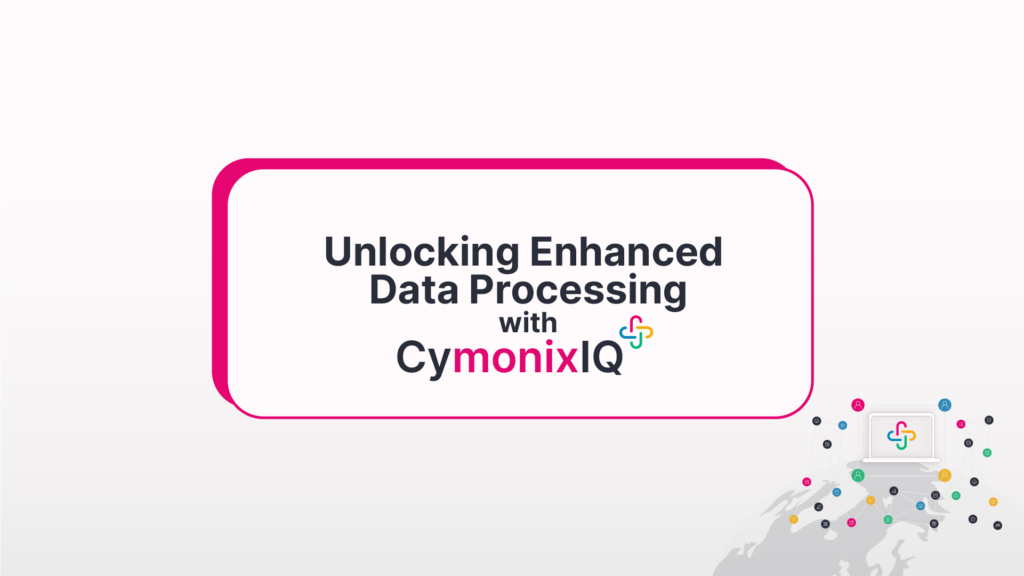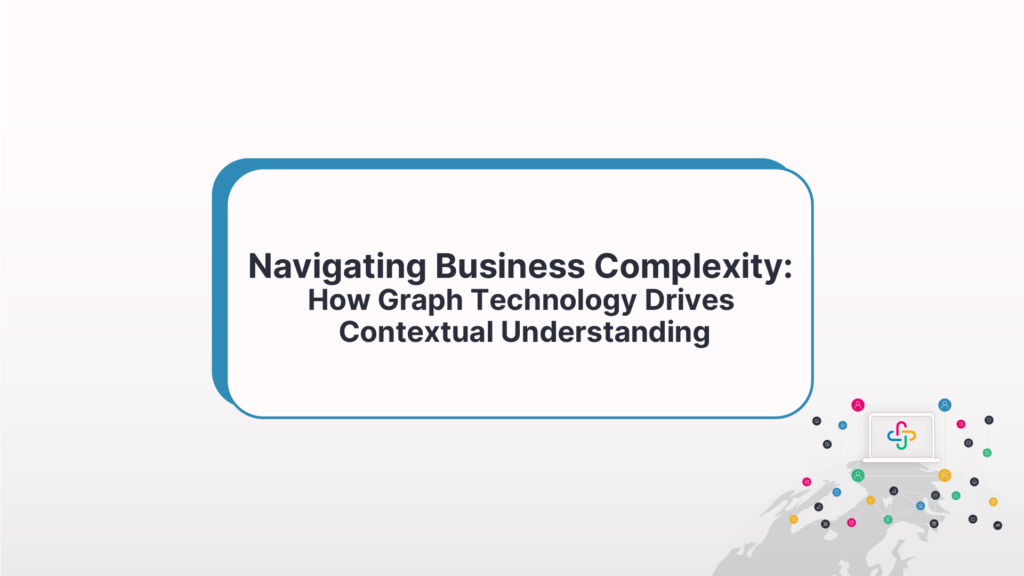The Power of Connections:
How Graph Indexing Revolutionizes Search
- Bill Palifka
- January 22, 2024
In the age of information overload, navigating the vast sea of data can feel like searching for a needle in a haystack. Traditional search engines rely on keyword matching, often leading to irrelevant results and a frustrating user experience.
The Challenge: Beyond Keywords, Unlocking Relationships
Modern search demands go beyond simple keyword matching. Users seek a deeper understanding of information, a grasp of the intricate connections that link data points. Traditional search engines, designed for a bygone era of linear data structures, struggle to deliver on this growing need.
The Graph Advantage: Indexing Connections for Faster, Richer Results
Enter graph databases, a revolutionary technology that promises to transform the way we search. Unlike traditional databases, graph databases excel at capturing and indexing relationships between data points. This allows them to leverage the power of connections, leading to faster and more relevant search results.
Key Features for Enhanced Search Experiences
Contextual Search: Understanding the “Why”
Graph databases go beyond the “what” and delve into the “why” by understanding the relationships between data points. This contextual search empowers users to discover relevant information based on its connections to other data points, leading to a deeper comprehension of the topic at hand.
Faster Results: Traversing the Knowledge Graph
The ability to traverse relationships allows graph databases to return results significantly faster than traditional search engines. By following the connections between data points, the search query can reach relevant information with greater efficiency.
Advanced Search Capabilities: Exploring the Interconnected World
Graph databases unlock a new realm of search possibilities. Users can perform complex queries that explore the interconnectedness of data, uncovering hidden patterns and relationships that might be missed by traditional keyword searches.
Industry Applications: Transforming Search Across Domains
Fraud Detection: Unveiling Hidden Connections
Financial institutions leverage graph databases to identify fraudulent activities. By analyzing the relationships between accounts, transactions, and individuals, graph technology detects suspicious patterns that might escape traditional fraud detection methods.
Social Network Analysis: Understanding User Connections
Social media platforms utilize graph databases to analyze the connections between users. This allows them to personalize news feeds, recommend connections, and identify potential communities within the network.
Knowledge Management: Connecting Information Seamlessly
In the realm of knowledge management, graph databases excel at organizing and linking information. This enables organizations to create a central knowledge hub where users can explore the interconnectedness of information, fostering deeper understanding and collaboration.
The Future of Search: A Connected Journey
The rise of graph indexing signifies a shift in the way we interact with information. As data continues to grow exponentially, the ability to leverage connections will become paramount. Graph databases offer a glimpse into the future of search, a future where information is not just readily available, but also deeply interconnected and understood.



